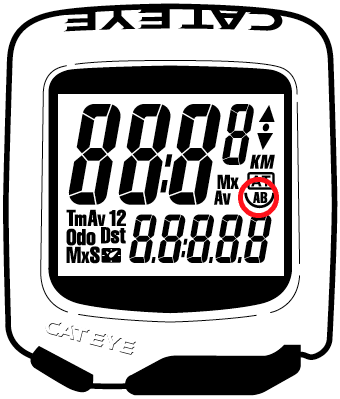Karl Ulrich, a professor from Wharton School of Economics in Philadelphia (and an avid bicycle commuter,) is experiencing some significant notoriety in bicycling blogs as a result of a paper he has written about the "true" environmental savings of bicycle transportation displacing automobile transportation. Most succinctly put, his thesis is this:
Practical bicycling is not a net gain for the environment because the energy savings due to the use of human power for transportation is offset by the increased energy used by living longer due to better health.
I think this paper has good entertainment value, and I'm pretty sure that Ulrich is writing this as a Gedankenexperiment with a little bit of tongue in his cheek. There are a few aspects of his logic and assumptions that I'm not sure I buy, however:
Ulrich correctly calculates the net efficiency differential of auto to bike at approximately 1:32 (I have replicated this calculation elsewhere) but falls into the trap of making a big deal out of the energy cost of agricultural production, thus lowering the differential in the range of 1:6 to 1:9. (This is a pretty big range, by the way.) As I've said before in a letter to the League of American Bicyclists magazine, I think this is a slippery slope. Since food is such an energy-expensive proposition, does Ulrich consider the food consumed by the auto driver? (Or by the driver of the gasoline tanker truck, for that matter?) What about vegetarian locavore cyclists?
Ulrich rightly and justifiably compares the practical cyclist to the athlete who doesn't abandon the use of the motor vehicle. (This includes all those athletes at the health club as well as recreational cyclists). The energy profile is shown in the graph at right. Note that, even with the "stacking of the deck" done by Ulrich in the food-production energy discussion above, the practical cyclist is still superior to the sedentary motorist, if not by much.
athlete who doesn't abandon the use of the motor vehicle. (This includes all those athletes at the health club as well as recreational cyclists). The energy profile is shown in the graph at right. Note that, even with the "stacking of the deck" done by Ulrich in the food-production energy discussion above, the practical cyclist is still superior to the sedentary motorist, if not by much.
Ulrich correctly calculates the net efficiency differential of auto to bike at approximately 1:32 (I have replicated this calculation elsewhere) but falls into the trap of making a big deal out of the energy cost of agricultural production, thus lowering the differential in the range of 1:6 to 1:9. (This is a pretty big range, by the way.) As I've said before in a letter to the League of American Bicyclists magazine, I think this is a slippery slope. Since food is such an energy-expensive proposition, does Ulrich consider the food consumed by the auto driver? (Or by the driver of the gasoline tanker truck, for that matter?) What about vegetarian locavore cyclists?
Ulrich rightly and justifiably compares the practical cyclist to the
 athlete who doesn't abandon the use of the motor vehicle. (This includes all those athletes at the health club as well as recreational cyclists). The energy profile is shown in the graph at right. Note that, even with the "stacking of the deck" done by Ulrich in the food-production energy discussion above, the practical cyclist is still superior to the sedentary motorist, if not by much.
athlete who doesn't abandon the use of the motor vehicle. (This includes all those athletes at the health club as well as recreational cyclists). The energy profile is shown in the graph at right. Note that, even with the "stacking of the deck" done by Ulrich in the food-production energy discussion above, the practical cyclist is still superior to the sedentary motorist, if not by much.There is an excellent discussion of the papers and its putative "holes" here.
By the way, Ulrich is also the creator of the Xootr Swift folding bicycle. If you go to this link for the Swift, and click on the "Guidelines for commuting by bicycle" link, you'll find one of the better one-page summaries
 of how to be prepared to commute by bicycle, including some recommendations for cold-weather dress that pretty closely parallel my earlier post. Hey, Ulrich is right up the road, in Philly. Not too far from Central Maryland where I live, so the guidelines should be similar. I like the Swift also. Not many folders are specifically sized for the tall (6'5"+) rider, but the Swift has an "XXL" size that is specifically aimed at us tall guys.
of how to be prepared to commute by bicycle, including some recommendations for cold-weather dress that pretty closely parallel my earlier post. Hey, Ulrich is right up the road, in Philly. Not too far from Central Maryland where I live, so the guidelines should be similar. I like the Swift also. Not many folders are specifically sized for the tall (6'5"+) rider, but the Swift has an "XXL" size that is specifically aimed at us tall guys.








